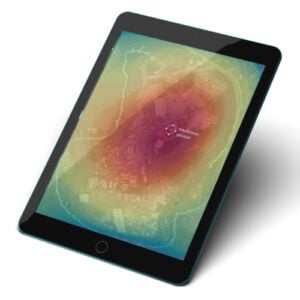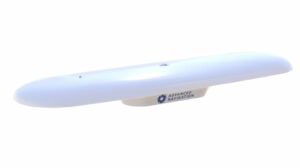Satellite Navigation Technologies are relied on by militaries to provide accurate navigation and positioning for forces, vehicles, vessels and aircraft. Global Navigation Satellite Systems for defense applications play a pivotal role in modern warfare and are incorporated into naval, army and marine equipment the world over.
Global Satellite Navigation Systems
Although originally developed by the United States Department of Defence (DOD) for that country’s military, satellite navigation is now ubiquitous in the civilian world. Satellite navigation systems, more properly known as Global Navigation Satellite Systems (GNSSs), provide Position, Navigation and Timing (PNT) information. There are four GNSSs providing PNT services to military and civilian users. These are:
- The US Global Positioning System (GPS) – The DOD launched the GPS programme in 1973. By 1995 GPS was declared fully operational. Today, the GPS satellite constellation comprises 31 spacecraft providing worldwide PNT coverage.
- Europe’s Galileo – declared operational in 2016. It has 30 satellites providing global coverage.
- Russia’s GLONASS – achieved global coverage in 2011 using 24 satellites.
- The People’s Republic of China’s (PRC) BeiDou – declared operational in 2011, is slightly larger with 35 satellites.
GPS / GNSS Operation
All GNSSs use the same fundamental approach. The satellites cover the Earth’s surface. If someone has a device with a GNSS receiver like a smartphone, this must have a line-of-sight connection with at least three GNSS satellites. The quality of GNSS PNT provision can decline in dense urban areas or forests where large buildings or thick tree canopy can block the radio signal linking the device and the GNSS satellites. Each satellite transmits data including a time signal provided by their highly accurate atomic clock.
Like all radio signals, those transmitted by the satellites travel at the speed of light, 186,000 miles-per-second (299,274 kilometres per second). Signals transmitted by GNSS satellites furthest away from the device arrive slightly later than those closer to it. By computing the time difference between the arrival of each signal, the device determines its location relative to the satellites. This tells the user where they are on the ground, in the sky or on the sea. GNSS transmissions use a specific segment of the radio spectrum, circa 1.1 gigahertz/GHz to 1.6GHz, earmarked for their use.
Military GNSS Applications
The military utilizes GNSS signals to help guide weapons to their targets. GNSS is used by vehicles, aircraft, ships and personnel for navigation. GNSS transmitters may depict the positions of friendly forces to commanders. For example, a vehicle’s GNSS receiver will compute the vehicle’s location. The vehicle’s radios will continually retransmit the vehicle’s position to a headquarters. There, the vehicle’s position may be displayed on a battle management or command and control system screen.
Encoded GNSS
GNSS signals can provide a precise timing source to assist the planning and execution of missions at tactical, operational and strategic levels. Although civilians around the world can use PNT information from the four GNSS constellations, militaries tend to use encoded GNSS signals. For example, the US GPS constellation transmits encrypted ‘M-Code’ PNT signals. These can only be decrypted by US, NATO or allied military users. Encoding the signals frustrates attempts to disrupt or degrade military GPS use by jamming. Galileo, GLONASS and BeiDou also have similar secure PNT signals for military use.















